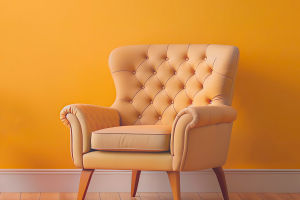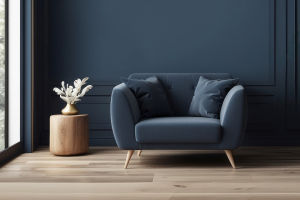Flower arranging transforms simple blooms into beautiful, structured displays of color and texture.
Whether for home decor, special events, or as a hobby, using the right materials is essential for making arrangements look polished and long-lasting.
Here's an overview of common flower arrangement materials and how they contribute to creating stunning designs.
1. Floral Foam
Floral foam is a popular material for securing flowers in place.
Soaking floral foam in water before using it in a container helps flowers maintain hydration. It's particularly helpful for large arrangements, ensuring each stem stays where placed.
2. Floral Wire and Tape
Floral wire is flexible and used to reinforce stems, create custom shapes, or secure various elements in an arrangement. Available in different thicknesses (gauges), thicker wire is ideal for heavier flowers, while thinner wire works for delicate blooms.
Floral tape, which sticks when slightly stretched, is often wrapped around the floral wire and stems, creating a clean look and stabilizing the arrangement. These tools are essential for arranging fragile flowers.
3. Flower Frogs
Flower frogs, small metal or ceramic devices with spikes, sit at the base of a vase or container, securing flowers in place. Unlike floral foam, flower frogs allow flowers to stand upright without extra support, making them ideal for eco-conscious, free-form arrangements.
Florists often use flower frogs to allow flowers to fan out naturally, creating an organic, flowing design.
4. Vases and Containers
Clear glass vases offer a modern aesthetic, showcasing stems and water as part of the design, while ceramic and metal containers give a vintage or rustic feel.
Containers come in various shapes and sizes, from compact to sprawling, influencing how the flowers are displayed and enhancing the arrangement's tone.
5. Greenery and Filler Flowers
Greenery and filler flowers add texture, depth, and volume, complementing primary blooms. Greenery options like eucalyptus, ferns, and ivy create a lush contrast with bright flowers.
Filler flowers, such as baby's breath, statice, and asters, fill gaps and add balance, making arrangements look fuller. These materials are essential for adding dimension and guiding the eye through the design.
6. Pruning Shears and Scissors
Pruning shears and scissors are essential tools for working with flower stems. Pruning shears are easily cut through thick or wood stems, while sharp scissors are best for trimming delicate flowers and greenery.
Clean cuts help flowers absorb water better, extending their freshness and ensuring a healthy arrangement.
7. Water Tubes and Floral Preservatives
Water tubes are small plastic tubes with rubber caps filled with water to keep individual stems hydrated. They're particularly useful for arrangements where stems aren't submerged in water, such as bridal bouquets.
Floral preservatives, usually in powder form, are added to water to provide nutrients and prevent bacterial growth. These preservatives keep flowers vibrant for longer, prolonging the life of the arrangement.
Creating beautiful flower arrangements involves more than just selecting flowers—using the right materials ensures the arrangement looks professional, stays in place, and lasts longer.
From floral foam and wire to vases and greenery, each material serves a unique role in enhancing structure, stability, and longevity. By incorporating these essentials, you can craft floral arrangements that are both visually stunning and enduring.
Whether you're a seasoned florist or a beginner, these tools will elevate your designs, bringing beauty and elegance to any space.


